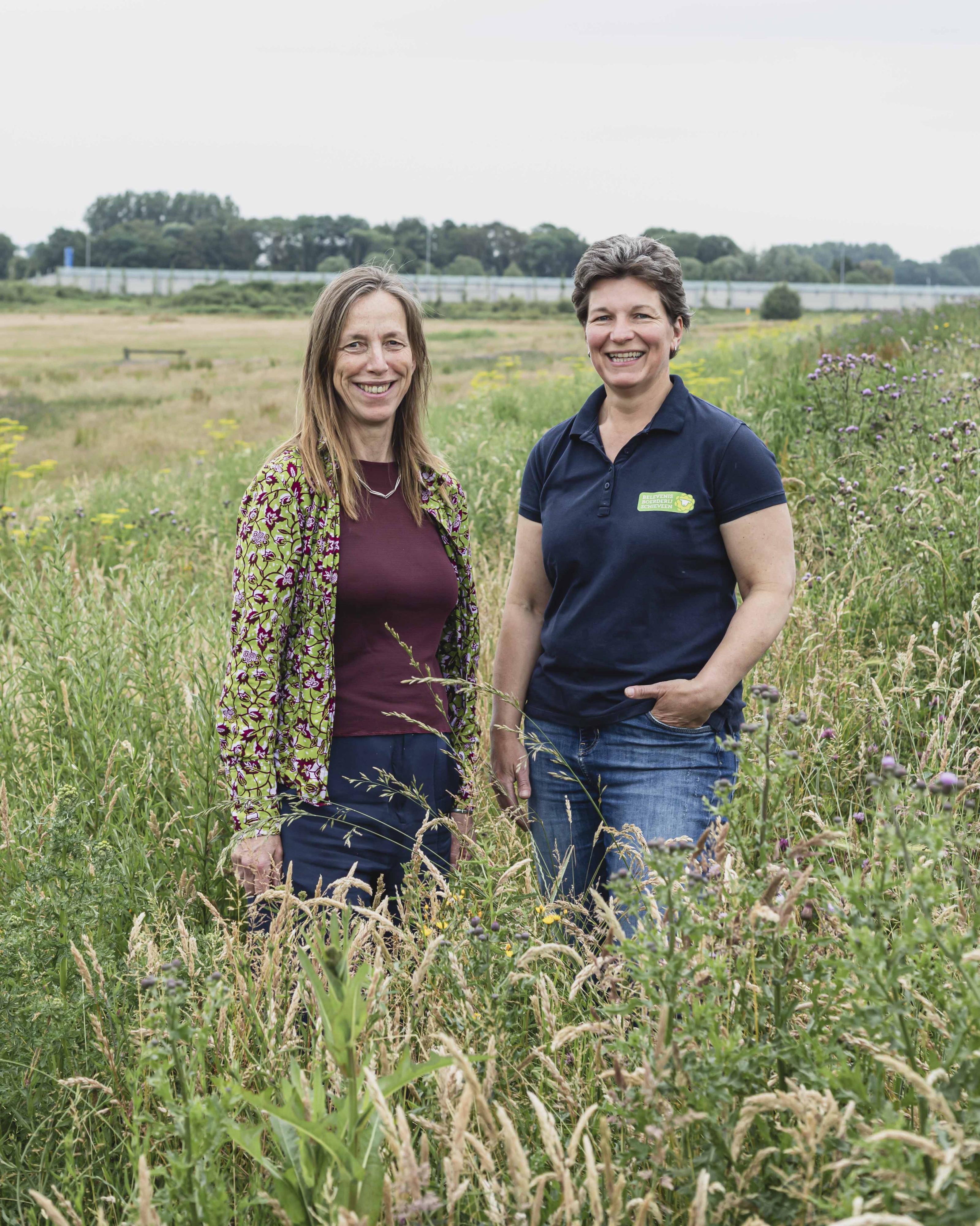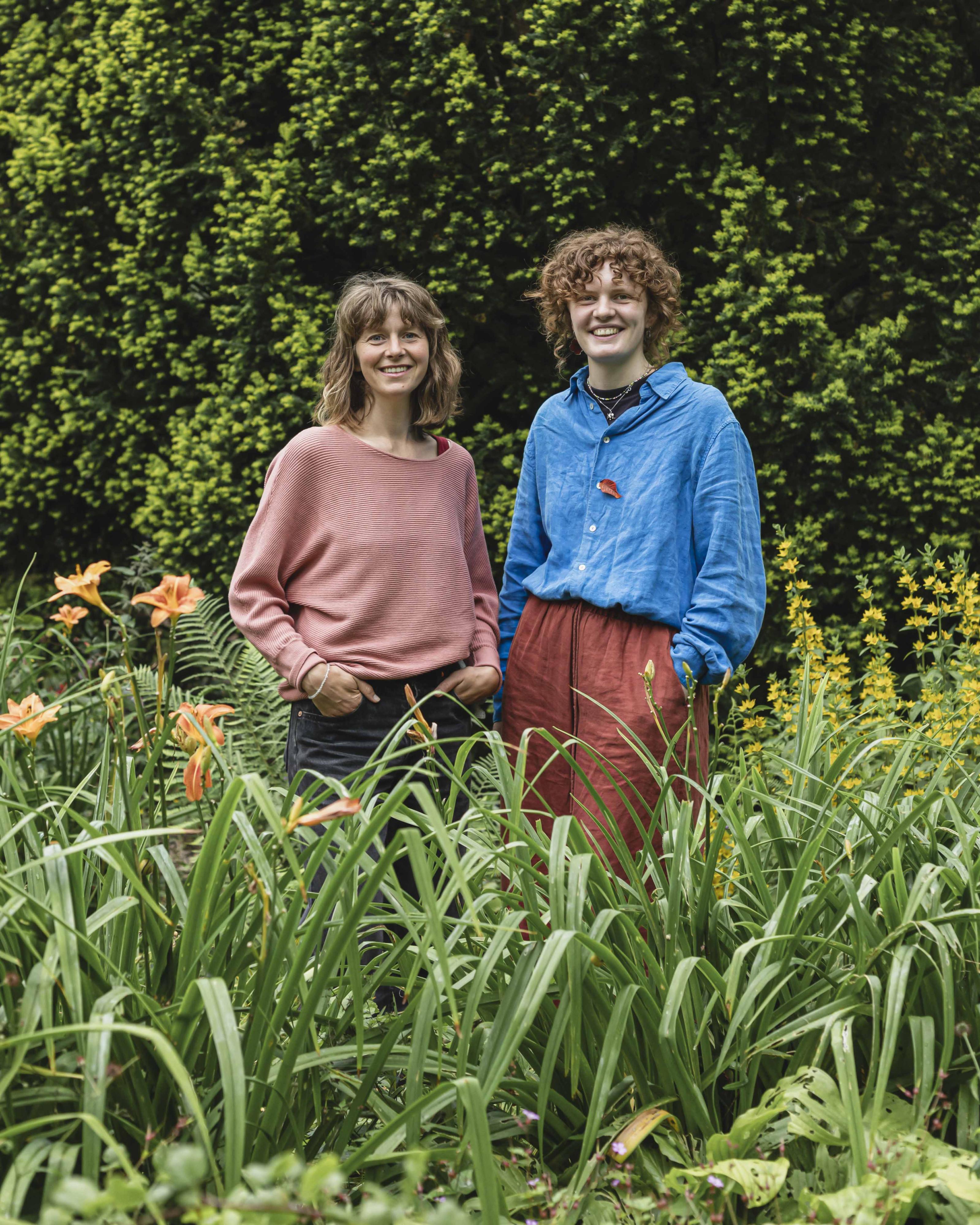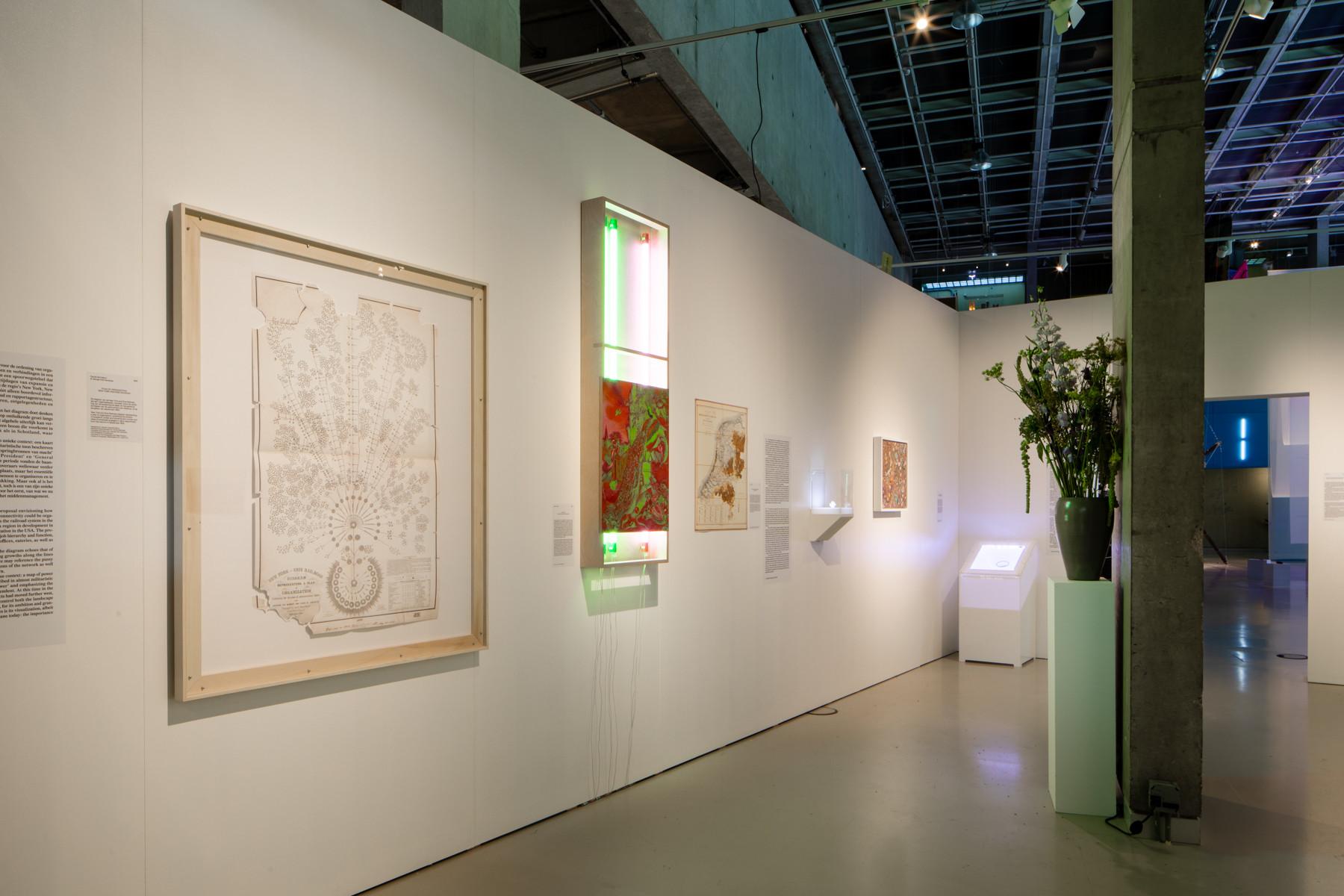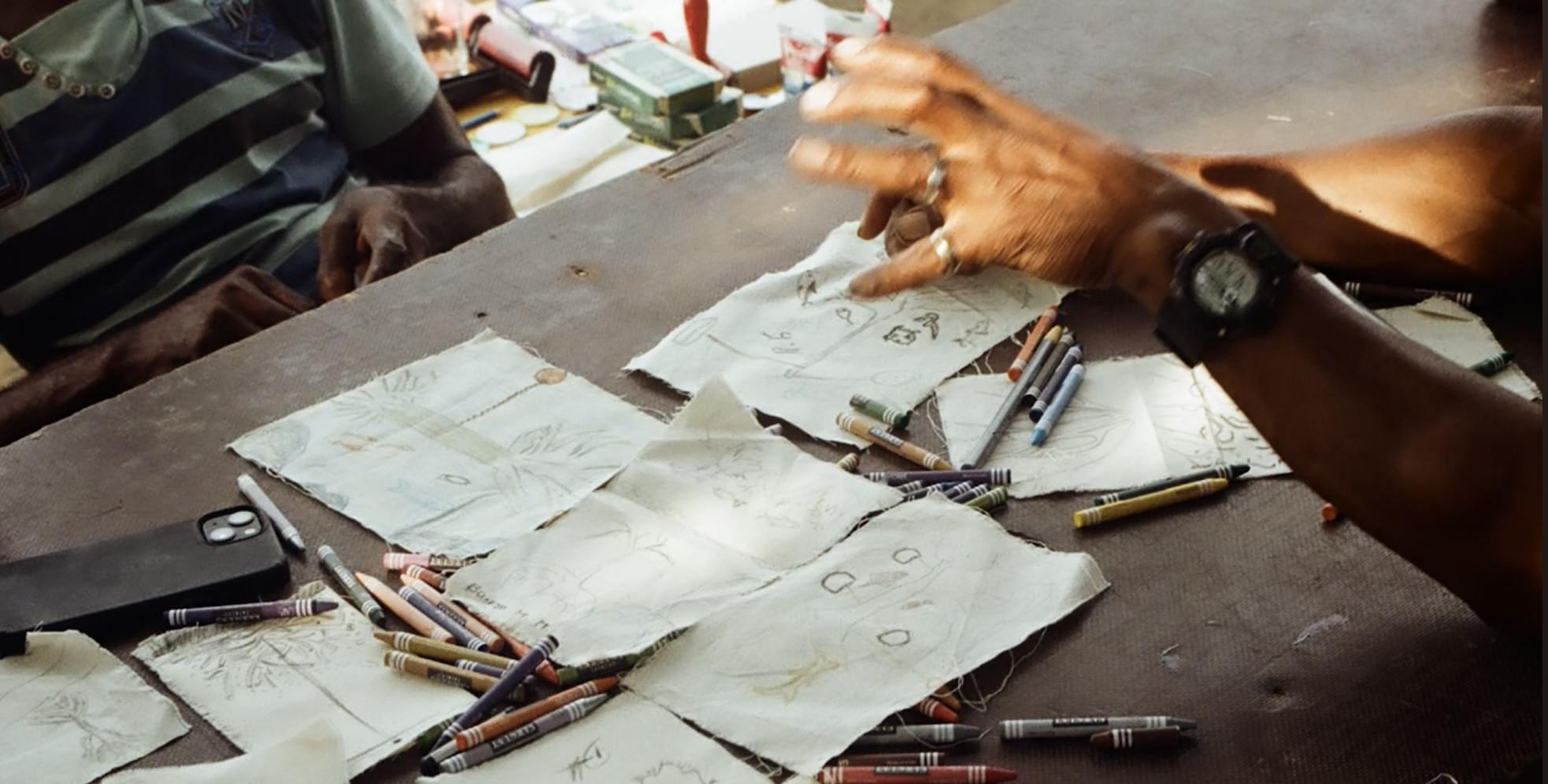Who builds towards a green future on a daily basis? To show how big ideas and visions find their way into reality, "Botanical Monuments" is part of this edition of the biennial: a collection of Rotterdams community initiatives around urban nature. They represent the ambition of the IABR to change the relationship between architecture and nature. But how does this ambition come to life in and around the city, who are the people behind big visions and what can we learn from them? Sabine and Jocelyn create the series "Hope Sowers" and engage with those taking steps towards an architecture that, in collaboration with nature, builds for future generations.
We cycle through the rural areas surrounding Rotterdam, with our destination set for the enchanting Belevenisboerderij Schieveen. This public farm is the result of a unique collaboration between the city of Rotterdam, Natuurmonumenten, and sheep herder Martin Oosthoek and his wife Petra. Their dream of making rural life in Rotterdam accessible to the public has become a reality: the farm comprises an old cowshed transformed into a public farmyard with a large nature playground, a Natuurmonumenten information point and shop, a wool workshop, and a lunchroom. Belevenisboerderij also accommodates sheep, goats, cows, chickens, barn swallows, herbs, flowers, and trees.
We spoke with Catherine from DaF Architects, who was closely involved in the development and design. “The lands of the Schieveen polder surrounding Martin and Petra's farm were once purchased by the city of Rotterdam with the idea to partially build a business park and partially create marsh nature. When we started, the question to our team was: how do we connect with the Rotterdam public and how do we create nature with the farmers in the area rather than against them?” The aim was to balance the use of nature for both urban and agricultural needs. "After a prolonged process involving many stakeholders and a limited budget, we converted the seventies cowshed – with the help of a group of Natuurmonumenten volunteers – into a combination of a sheep barn, café, and farm shop," Catherine explains.
Belevenisboerderij is part of the Botanical Monuments collection because it uniquely bridges nature and city and integrates nature in both the design process and its use. “For us as designers, this meant employing circular building principles, such as respecting the existing site, reusing materials, and avoiding tropical hardwood,” says Catherine. “The landscape is approached as a human-inclusive natural system. The strategy focuses on dynamic water management that benefits meadow birds and various plants and insects but also enables nature-inclusive agriculture and local food supply. Also, much is done around this principle to engage the public with cultural-historical values, as Catherine believes that sharing the stories of the landscape is equally important. “Sustainable and inclusive building also means embracing the memories embedded in the landscape. We provide insights into the area's history through artistically designed texts that narrate the stories of the people who have lived here.”
Due to this strategy, the farm now has become an essential landmark of Rotterdam’s countryside. Thanks to this place, the sense of connection with soil, water, and life around the city is resonating with more and more Rotterdammers. On weekends, it buzzes with nature lovers, playful children, and bleating sheep. You can go bird watching, take walks, shop locally and biodiverse, visit a beautiful wool studio, explore the farmyard, pet lambs, ride horses, and discover the vegetable garden. Children can play in the mud while parents and grandparents enjoy a cup of coffee on the terrace overlooking the Rotterdam skyline. Curious about Belevenisboerderij? Click here for their spot on the Botanical Monuments route. Opening hours, activities, and more information can be found here.




